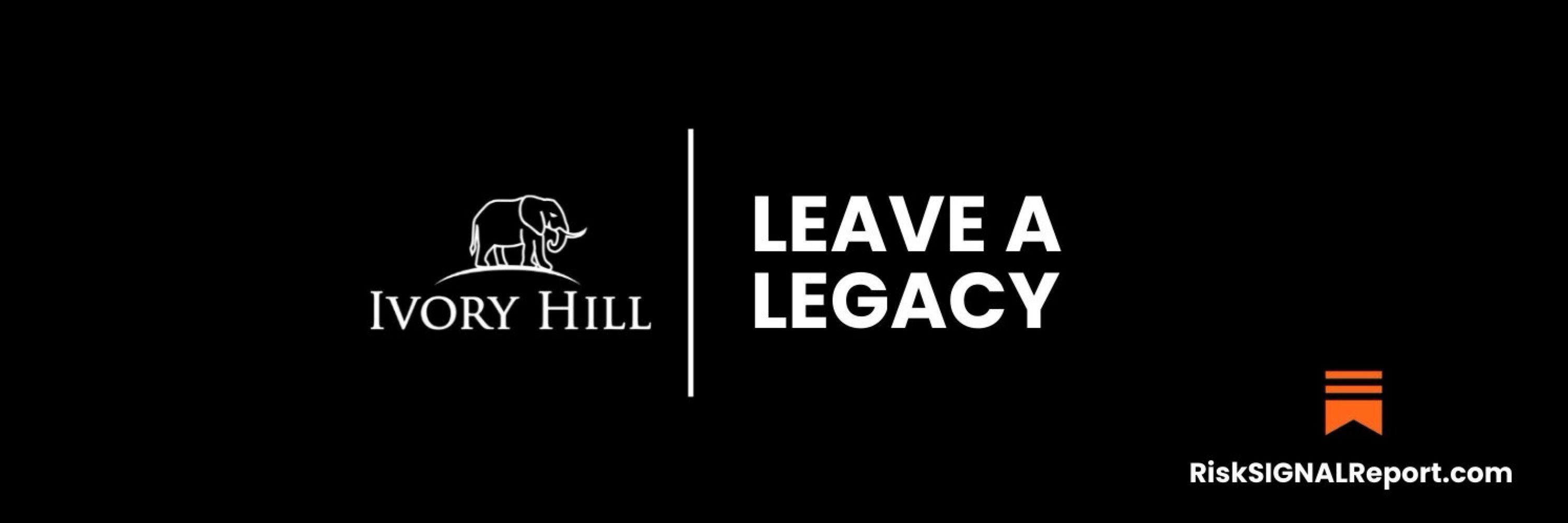
Kurt S. Altrichter, CRPS®
@kurtsaltrichter.bsky.social
130 followers
7 following
740 posts
Wealth Advisor for High Income Entrepreneurs | Founder of Ivory Hill | Pension & 401k Advisor | RiskSIGNAL™ | http://RiskSIGNALReport.com
Posts
Media
Videos
Starter Packs


























